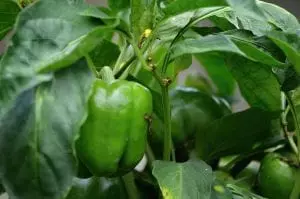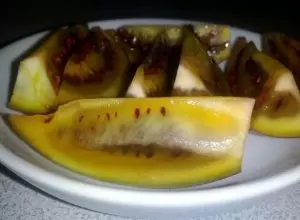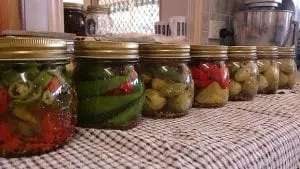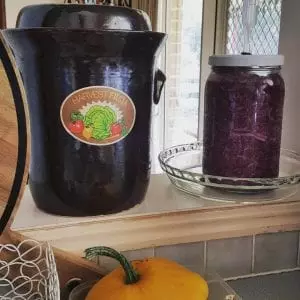When it comes to gardening, subtropical zones have a very specific set of climatic conditions to work with. We have the luxury of growing right through a mild winter with minimal pest issues, yet winter is seldom cold enough for favourites like garlic and brassicas to crop well. The intense heat of the sun in summer can be extremely harsh, drying out soil and burning leaves to a crisp. On top of that, the humidity that comes with the wet season brings a raft of pests and diseases to our gardens. Fruit fly, powdery mildew, cabbage butterflies, aphids, grasshoppers are just a few that you might be familiar with.
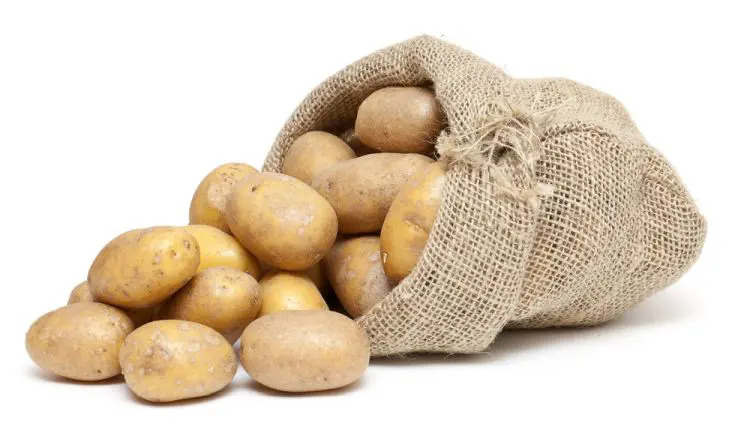
So it’s no wonder that we struggle with the humble potato. It’s a vegetable that so many of us want to grow, and why not- potatoes are such a fabulous and versatile staple in the kitchen. Who doesn’t love them in a curry, added to a stew, roasted, fried into chips…the list goes on. Naturally, as gardeners, it makes a lot of sense to grow as many as possible!
Potatoes like a temperate climate best, and in those areas they are a spring-to-summer crop. They like a cool but frost-free growing season with plenty of gentle sunlight. Which, in the subtropics, best describes autumn and winter. So in fact we’re growing something that is not best suited to our climate, and we’re facing an uphill battle right from the start.

If we get a lovely mild winter with light rainfall and stable temperatures, potatoes can be easy to grow. Yet if our humid & rainy summer comes early or the crop is planted too late, potato growing becomes a serious challenge.
In order to grow a successful potato crop, we need to know how to fit the potatos ideal growing conditions into our climate. And for that, we need a deeper understanding of the potato as a plant.
Key Points for Growing Potatoes in the Challenging Subtropical Climate
Use seed potatoes. Yes, potatoes will grow from store-bought offcuts, but they will never result in a bumper crop. This is because potatoes sold in shops have been sprayed with a growth inhibitor, which does exactly as its name suggests. On top of that, certified seed potatoes are guaranteed to be disease-free. This is important because potatoes are particularly susceptible to a range of soil-borne pests and diseases. Seed potatoes will cost you more initially, but will give you a bigger crop and better soil health.

Potatoes are temperature sensitive. Yes, you can grow potatoes in hot weather, but your yield will be reduced. The diagram above illustrates the effect of temperature on potato growth. As you can see, 20 degrees celsius is ideal so you will get the largest tubers if you plant in the cooler months. The ideal time to plant potatoes in the subtropics is generally from autumn to spring (in Australia this is from mid-late March until mid September).

Rotate your crop. It is never a good idea to grow potatoes in the same garden bed year after year if you have the space to do otherwise. If diseases like fusarium wilt and nematodes get into the soil, they can remain there for several years and negatively affect future crops. Potatoes (solanum tuberosum) are in the same family (solanaceae, or nightshades) as eggplant, tomatoes, chillies and capsicum, so it’s also a good idea not to follow your potato crop with any of these. This is not a hard-and-fast rule, and there’s no guarantee that you’ll have a problem, but it’s something to keep in mind.
How to Plant & Grow Potatoes
Chit the seed potatoes. Chitting means allowing the seed potatoes to start growing the sprouts which will become your new plants. Growing robust sprouts before planting means stronger plants and a better crop. You can do this by placing your seed potatoes in a warm, dry, well-lit place for two to four weeks before planting. This process is also known as greening, because it allows to the sprouts to grow strong and sturdy while the seed potato they emerge from turns dark green. Place the seed potatoes on a flat surface like a box or tray and make sure the ‘eyes’ are facing upwards. The kitchen bench or along a windowsill is often suitable. Do not pile the potatoes on top of each other while chitting.

Size Matters…Or Does It? The seed potatoes you plant should be around the size of a chicken egg and weigh 150-180 grams. If you have some that are bigger than this, you can plant them whole or cut them in half. The jury is still out on whether cutting them is a good idea. Some say that a cut risks letting in bacteria and will produce a smaller crop. Others say it will double the crop and save money. Whichever you choose, make sure each piece has at least 2 ‘eyes’. (An eye is a bud from which sprouts develop, and it’s the start of your next crop). If you do cut your seed potatoes, be sure to ‘cure’ (dry out) the pieces for 3 days before planting. This will seal the surface which prevents rotting.
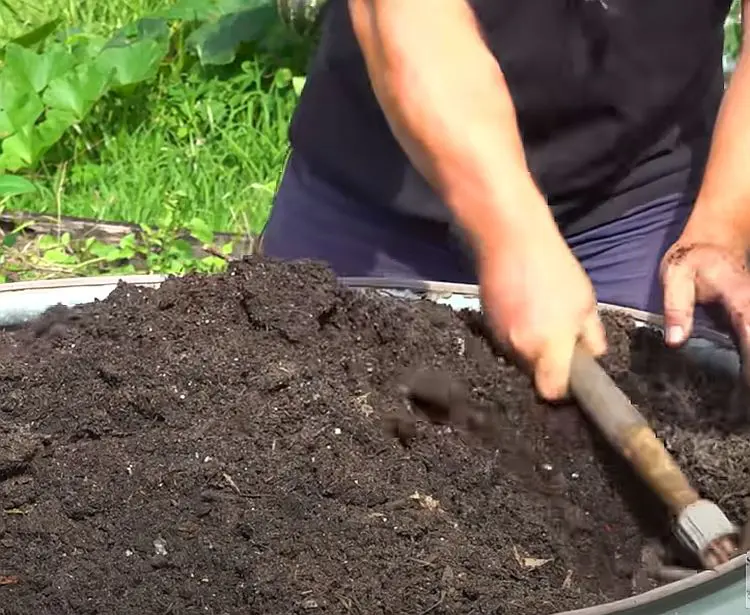
Prepare the Soil. Potatoes like a loose, well-drained soil which is rich in organic matter. Give them plenty of room to grow, particularly in width. Compacted or lumpy soil can result in under-sized knobbly tubers with broken skin. A soil pH of 5.5 to 7 is best. They will still grow outside this pH range, but growth will be poor as the uptake of vital nutrients is reduced. If you’re unsure of your soil pH, simple test kits are readily available from nurseries.
What Kind of Garden Beds Suit Potatoes? In short, all kinds! Potatoes are happy to grow in a wide variety of planting situations. The health of the soil and the weather at the time of planting are much more important. Raised beds, straight in the ground, old compost bins, cardboard boxes, 44 gallon drums, tyres, large pots, grow bags, you name it, potatoes will grow. Buckets are now a popular solution, as they are easy to harvest from and the spent soil can be re-used elsewhere in the garden.

Planting. Plant your seed potatoes in a full sun position, wrist-deep with the eyes or sprouts facing upwards. If you have cut pieces, place the cut side facing down. While there is certainly nothing wrong with the traditional method of planting in rows and mounding the soil up, this has recently been shown not to give better results in the subtropics. Space plants about 30cm apart and water lightly. Water them in, but don’t go crazy- you want the soil to be moist but not soggy, or the seed potatoes may rot. Australian subtropical climate planting time is generally from mid-late March until mid September. Wait until the summer rains have finished and you feel the weather cooling down before planting. There are tons of potato varieties to choose from, and none are particularly good or bad in the subtropics. Why not try a few different ones and see which you like best.

Fertilising. Potatoes need fertiliser applied at the correct time and place in order to maximise the tuber size. While potatoes generally need a rich soil containing plenty of organic matter, their nutrient requirements vary at different stages of the growth process. Potatoes like to have fertiliser added regularly (every 2 weeks), but nutrient uptake is at its highest while the tubers are bulking up. If your potato plants flower, this is when the bulking up stage is beginning, so this is when you need to add fertiliser specifically to the root area.
Watering. Potatoes are quite specific about their water requirements. While they demand only light watering at the time of planting, this changes once the plants have appeared above the soil surface. 1″ per week is considered ideal during the growth period, and the soil needs to be kept evenly moist. A difference of as little as 10% in the moisture level of the soil can have a huge negative impact on your crop. Letting the soil dry out or overwatering will lead to diminished growth, malformed potatoes and cracking or rotting. When the foliage starts to turn yellow and die off, stop watering completely. This means that harvest time is near, and the potatoes need to harden their skin and mature fully, which they can only do in drier soil.

Mounding. Also called hilling, this is a traditional method of growing potatoes where extra soil and/or mulch is piled up around the base of the plants as they grow. In and of itself, mounding won’t really help with crop size, and can stop leaves from photosynthesising. At the same time, potato tubers often grow upwards, and it’s important to protect them from sunlight. Exposure to light can cause greening, so adding some extra layers of mulch as the plants grow is usually beneficial.
Succession Plant. One large potato crop harvested all at once then stored for a long period might suit a cool climate, but it isn’t ideal in the subtropics. Potatoes like to be stored in darkness at 5 degrees celsius without humidity, which is very difficult in a warm climate. Many subtropical growers succession plant their crop for a continual harvest. This largely eliminates the need for storage. Growing potatoes in buckets makes this really easy: simply label each bucket with the date of planting & it’s easy to have a fresh harvest every week or two.

Harvesting. Expect to harvest around 100 days from the time of planting. The foliage will turn yellow and start to die off as harvest time approaches. Harvest carefully: metal implements can easily damage the potato skins, which are thin and soft at this stage. You can eat your potatoes immediately if you like, or cure them for storage. Curing means hardening the skin so that the potatoes will store well long-term. To do this, place the potatoes in a single layer in a cool dark place with high humidity for two weeks, ideally at 10-15 degrees celsius. Brush the dirt off them, but don’t wash them. This helps exclude light and stops them turning green. If you want to store potatoes long-term, 5 degrees celsius is the recommended temperature. You can store potatoes in the ground too, but this is usually tricky in the subtropics, because the climate is mostly too warm and wet. If stored correctly, potatoes should last at least 4 months.
Pests. Potatoes are susceptible to potato beetle, aphids, 28-spot ladybug and African black beetle, just to name a few. These are far more prevalent in summer than in winter, so this is another reason that the March to September planting window is recommended.

